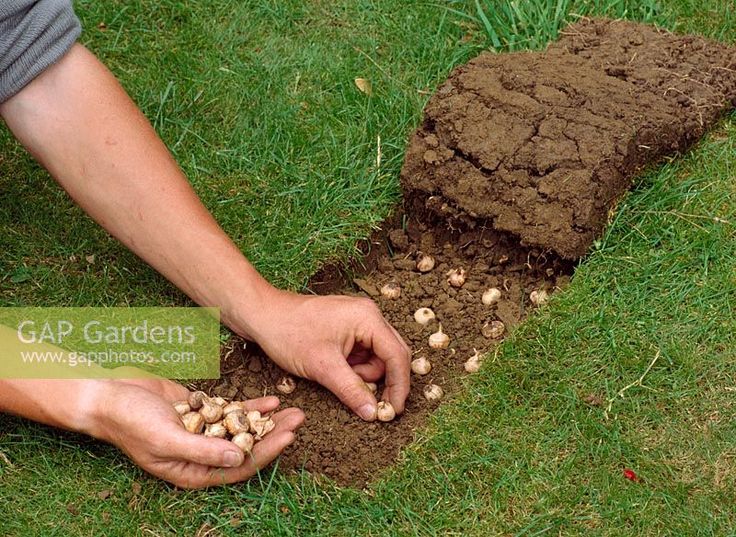Dotting your lawn with crocus bulbs in fall can provide a delightful early spring surprise when they bloom. The cheerful flowers poking up through the grass offer a welcomed sight after winter.
With some planning and proper care, you can enjoy this colorful display year after year. Here’s what you need to know about planting crocus bulbs in your lawn
Choosing the Right Location
-
Pick a spot with well-draining soil Avoid wet, soggy areas
-
Morning sun or light afternoon shade is ideal. Avoid hot, sunny exposures.
-
A thinner, low maintenance lawn provides the best conditions
-
Under deciduous trees works well since soil tends to be drier.
The ideal location has soil that drains readily so bulbs don’t sit in wet conditions. Dappled sunlight or light shade is preferable to avoid overheating the bulbs.
Plant bulbs in areas where your lawn is thin, patchy or not a thick, high maintenance turf. Competition from dense, fast growing grass can overwhelm crocus over time. Planting under deciduous trees is often successful since the soil tends to be drier and the lawn thinner there.
Preparing the Planting Site
-
Loosen soil 6-8 inches deep with a spade or tiller.
-
Mix in compost, peat moss or rotted manure to enrich soil.
-
Level and rake area to create a smooth planting bed.
Improving the soil will give your crocus bulbs the best start. Dig down 6-8 inches and turn the soil to break up any compaction. Mix in 1-2 inches of organic material like compost, peat moss or rotted manure to enrich the planting site. Rake the area smooth before planting bulbs.
Planting Crocus Bulbs in the Lawn
If planting in existing grass, choose one of these two methods:
-
Lift sod pieces and set aside. Plant bulbs in soil below, then replace sod.
-
Use a spade to lift back a section of grass. Plant bulbs in exposed soil, then close back over them.
To plant in established lawn, first cut out and lift pieces of sod, setting them aside. Plant bulbs in the now-exposed soil, placing them with pointy tips up. Once done, lay the sod pieces back in place, tamping down to ensure good contact between sod and soil.
Alternatively, use a flat spade to lift back a section of grass and underlying soil, creating a flap. Plant bulbs in the exposed soil, then close the flap back over them and walk on it to press down firmly.
Crocus Bulb Planting Tips
-
Space bulbs 3-6 inches apart depending on variety. Plant in loose groups.
-
Plant bulb tips 2-3 inches below soil surface. Deeper for drier sites.
-
Mix in a sprinkle of bone meal in planting holes for initial feeding.
-
Plant in fall 4-6 weeks before first hard frost for winter root growth.
Aim for a natural look by planting bulbs in loose clusters rather than straight rows. Space standard crocus 3-4 inches apart and smaller species like tommies 6 inches apart.
Plant large “Dutch” crocus 2-3 inches deep. For smaller species plant 3 inches deep, and 4 inches deep in sandy soils. Sprinkle a pinch of bone meal in each planting hole for initial nutrients.
Get bulbs planted in fall, at least 4-6 weeks before the ground freezes. They’ll develop roots before winter dormancy. Mark bulb locations to avoid soil disturbance.
Caring for Crocus Planted in Lawns
-
Allow foliage to mature completely after blooming.
-
Avoid mowing, fertilizing, aerating where bulbs are planted.
-
Water during bloom time if soil gets very dry.
-
Lift and divide crowded clumps every 3-5 years.
Leave emerging foliage untouched through bloom time and after. Let it fully yellow and die back naturally – don’t mow! Avoid using weed killers or fertilizer where bulbs are planted. Water occasionally if weather is very warm and dry while in growth. Divide crowded clumps every few years.
Top Crocus Varieties for Lawns
Some top picks include:
-
Crocus tommasinianus – early bloomer, tough, spreads readily
-
C. tommasinianus ‘Ruby Giant’ – deep purple-red flowers
-
C. tommasinianus ‘Whitewell Purple’ – purple flowers with orange center
-
Crocus chrysanthus – pale yellow to blue flowers
For best results, choose small, early-blooming Crocus tommasinianus or Crocus chrysanthus varieties. They compete well with grass and spread readily. Avoid larger, later types like Crocus vernus that perform poorly in lawns.
With the right site prep, planting techniques, and follow-up care, your lawn can burst into color each spring as crocus bloom. It provides a fun, cheap way to get bulbs in the ground. Just be sure to give them the conditions they need to thrive among your grass.
How to plant Crocus in a lawn quickly and easily | Tutorial | Crocus Botanical Mix | Planting bulbs
FAQ
Can I plant crocus in the lawn?
What is the best month to plant crocus bulbs?
Can you plant flower bulbs in grass?
Where is the best place to plant crocus bulbs?
- A Complete Guide to Caring for Yuki Cherry Blossom Shrub - January 23, 2025
- Identifying Red Hot Poker Seeds: What to Look For When Harvesting Torch Lily Pods - January 23, 2025
- A Complete Guide to Harvesting Evening Primrose Seeds - January 23, 2025

